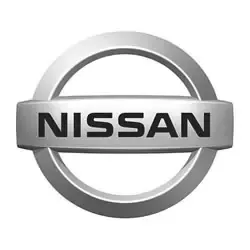Nissan NV200 Tire Pressure
Most common recommended tire pressure for Nissan NV200 can range from 44 psi to 48 psi depending on year of production, trim and OEM tire size, but it maybe different for older models. It is imperative to confirm the exact tire inflation for your Nissan NV200 to ensure safety on the road. Always refer to your vehicle owner's manual for the correct tire pressure designated by vehicle's manufacturer.
Select your Nissan NV200 production year to see its recommended tire inflation.
| Model Year | Front Tires | Rear Tires |
|---|---|---|
| 2021 Nissan NV200 | 44 psi | 48 psi |
| 2020 Nissan NV200 | 44 psi | 48 psi |
| 2019 Nissan NV200 | 44 psi | 48 psi |
| 2018 Nissan NV200 | 44 psi | 48 psi |
Recommended Tire Pressure for Nissan NV200
Maintaining the recommended tire pressure for a Nissan NV200 is crucial for several reasons, pivotal to both safety and vehicle performance. Firstly, it ensures optimal tire contact with the road, which is key to maintaining control and stability, especially when maneuvering through corners or during sudden stops. Properly inflated tires reduce the risk of accidents caused by tire failure or poor traction. Secondly, tire pressure that is in line with Nissan's recommendations aids in achieving the vehicle's maximum fuel efficiency. Tires at the correct pressure level exhibit less rolling resistance, leading to better fuel economy by minimizing the energy wasted through excess or uneven tire wear. This not only contributes to cost savings on fuel over time but also assists in reducing the vehicle's environmental impact. Moreover, consistent tire pressure prolongs the life of the tires themselves by ensuring even wear, thereby preventing the sides or the middle of the tire from premature deterioration. This balance between safety, efficiency, and cost-effectiveness underscores the importance of regularly checking and maintaining the tire pressure in your Nissan NV200 as per the manufacturer's guidelines.

All listed guides, data and/or calculations are for informational purposes only. TirePressure.com does not warrant or make any representations regarding the accuracy of or the results of the use of this information. Always refer to vehicle owner's manual for the correct tire pressure configuration.